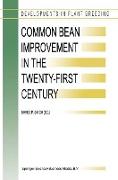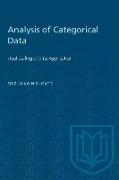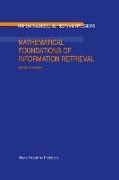Common Bean Improvement in the Twenty-First Century
BücherAngebote / Angebote:
The common bean (Phaseolus vulgaris L. ) is the most important pulse crop in the world. It is an important source of calories, proteins, dietary fibers, minerals, and vitamins for millions of people in both developing and developed countries worldwide. It complements cereals and other carbohydrate-rich foods in providing near-perfect nutrition to people of all ages. Moreover, a regular intake ofbeans helps lower cholesterol and cancer risks. Despite the fact that per capita consumption of common bean in some developed countries (e. g. , the U. S. A. ) has been increasing over the last several years, in general, the average global per capita consumption is declining because production is unable to keep up with the population growth. Moreover, increasing demand for pesticide-free food products, concern for natural resources conservation, and the need to reduce production costs offer daunting challenges to the twenty-first century policy makers, bean growers, and researchers alike. High yielding, high quality bean cultivars that require less water, fertilizers, pesticides, and manual labor combined with integrated management of abiotic and biotic stresses will have to be developed. Eminent bean researchers were invited to contemplate these issues, prepare a state-of-the-art account on most relevant topics, and offer their insight into research directions into the twenty-first century. Four excellent books have been published covering various aspects ofthe common bean since 1980. These books are: I) Bean Production Problems nd in the Tropics (l SI ed. 1980, 2 ed. 1989), H. F. Schwartz & M. A.
Folgt in ca. 15 Arbeitstagen




